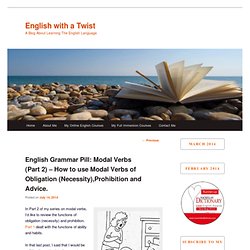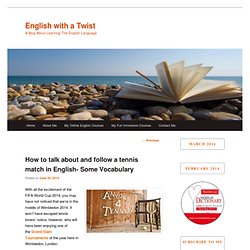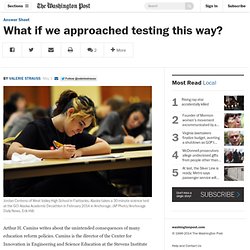

Conference Publications. 6 Scaffolding Strategies to Use with Your Students. What’s the opposite of scaffolding a lesson? Saying to students, “Read this nine-page science article, write a detailed essay on the topic it explores, and turn it in by Wednesday.” Yikes! No safety net, no parachute—they’re just left to their own devices. Let’s start by agreeing that scaffolding a lesson and differentiating instruction are two different things.
Scaffolding is breaking up the learning into chunks and providing a tool, or structure, with each chunk. A Writing Activity: Describing a Fruit. When I was a student in an intensive English program, one of my teachers used this activity to help us be more specific and precise in our descriptions.

And as easy as this activity looks, it required reaching beyond our regular everyday vocabulary. Later, when I became a teacher, I used this activity with my students and found it really helpful. As a “warm-up”, I showed my students a clip from the movie “City of Angels,” when the character Seth asked the character Maggie to describe a pear. Below is the transcript of this clip: Seth: What’s that like? After watching and discussing this clip with the students, I proceeded with the actual activity. Lets-start-from-before-the-very-beginning-2edrr.pdf?dm_i=1MVU,2NZCL,9ZWGN4,9R06W,1. English Grammar Pill: Modal Verbs (Part 2) – How to use Modal Verbs of Obligation (Necessity),Prohibition and Advice.
Taken from surfingintoenglish.blogspot.com In Part 2 of my series on modal verbs, I’d like to review the functions of obligation (necessity) and prohibition.

Part 1 dealt with the functions of ability and habits. In that last post, I said that I would be splitting the series into three posts. Having researched the topic in more depth, I’ve decided that I will need four posts to cover modal verbs the way I would like. In my last post I said that I would be covering the function of permission in this part. OBLIGATION (NECESSITY)We use must and have to when we say that something is necessary. We must finish the meeting by 3pm because I have to get to the airport by 5pm.You need to sign this form in two places, here and here.
In writing, must and have to have the same meaning. With “have to”, the situation makes something necessary, whilst with “must” the speaker personally feels that something is necessary. I have to pay my credit card bill by the end of the month. How to talk about and follow a tennis match in English- Some Vocabulary. With all the excitement of the FIFA World Cup 2014, you may have not noticed that we’re in the middle of Wimbledon 2014.

It won’t have escaped tennis lovers’ notice, however, who will have been enjoying one of the Grand Slam Tournaments of the year here in Wimbledon, London. Together with Royal Ascot, Henley Royal Regatta, and The Ashes, Wimbledon is one of the regular summer events we have in London. When you think of Wimbledon, you picture strawberries and cream, great tennis and the reliable British weather! I have many clients who enjoy watching tennis. Some of them stayed with me during the Wimbledon season and found it hard to follow the television commentary or to simply discuss a match in English with my husband, a tennis lover.
So I thought I’d dedicate this post to all my clients and English Language learners who share a love for tennis by sharing a list of 10 key words you’ll need to follow and discuss a match in English. 1. 3. 4. 5. 6. Words, words, words. What if we approached testing this way? Jordan Centeno of West Valley High School in Fairbanks, Alaska takes a 30-minute science test at the GCI Alaska Academic Decathlon in February 2014 in Anchorage.

(AP Photo/Anchorage Daily News, Erik Hill) Arthur H. Camins writes about the unintended consequences of many education reform policies. Camins is the director of the Center for Innovation in Engineering and Science Education at the Stevens Institute of Technology in Hoboken, N.J. The ideas expressed in this article are his alone and do not represent Stevens Institute. By Arthur H. Frequent high-stakes testing and its misuse for teacher evaluation are poisoning the assessment waters. What if we shifted the balance of our assessment attention from the summative to the formative—assessment that can be used every day to support learning?
What if we could more precisely identify where each student was along the pathway to learning? What if we could be more accurate at sorting out the nuances in his or her gaps in understanding? How can we make CLT work better in EFL contexts-libre. Critical pedagogy. Does a coursebook text about global warming, plus a few discussion questions, constitute ‘a critical approach’?

Not a bit of it, Alistair Pennycook (1999: 340) would argue. ‘Taking a critical approach to TESOL does not entail introducing a “critical element” into a classroom, but rather involves an attitude, a way of thinking and teaching’. So, a critical teacher teaches with attitude. But what does this attitude, and this way of thinking and teaching, consist of? Perhaps a definition is in order: Advocates of critical approaches to second language teaching are interested in relationships between language learning and social change.